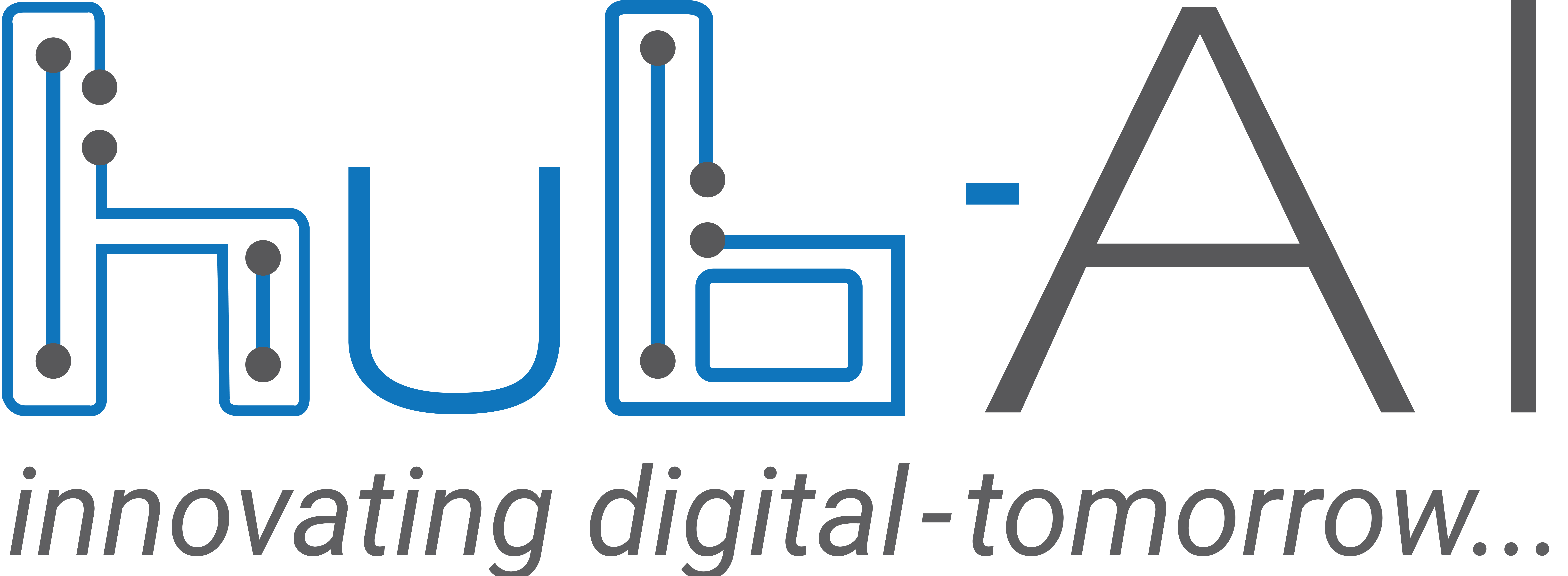Customizing Salesforce for Your Business Needs
Introduction:
Adaptability is Salesforce's key strength. You can customize it to meet your specific business needs. You will learn how to customize Salesforce to align seamlessly with your unique processes and goals in this guide.
Key Points:
1. Understand Your Business Processes:
o Identify your business processes by conducting a thorough analysis. The stages of your sales funnel, customer service workflows, and other critical processes should be identified.
2. Define Custom Objects and Fields:
o Salesforce customization begins with custom objects and fields. You will learn how to create custom objects to represent unique business entities and fields to capture specific data points.
3. Page Layouts and Record Types:
o Create customized user interfaces by configuring page layouts. User profiles and business requirements should be taken into account when tailoring the information displayed on records.
Customizing Salesforce Forms and Views:
Key Points:
1. Create Custom Record Types:
o Understand how custom record types allow you to segment data within an object, providing different page layouts and picklist values based on the record type.
2. Build Custom Forms with Lightning App Builder:
o Explore the Lightning App Builder to create custom forms and layouts without the need for coding. Drag-and-drop components to design user-friendly interfaces.
3. Modify List Views:
o Learn how to adjust list views to display the most relevant information for different teams or individuals. Customize columns, sorting, and filters to enhance usability.
Workflow Rules and Automation:
Key Points:
1. Implement workflow rules:
o Streamline processes and reduce manual work by setting up workflow rules. Automate standard internal procedures to save time and ensure consistency.
2. Use a Process Builder for Advanced Automation:
o Dive into the Process Builder to create more complex automation scenarios. Connect multiple processes and actions to achieve sophisticated business logic.
3. Trigger Automation with Apex Triggers:
o For highly specific and intricate automation requirements, explore Apex Triggers. Understand the basics of Apex programming to create triggers that respond to data changes.
Integration with Third-Party Apps:
Key Points:
1. AppExchange Integration:
o Explore Salesforce AppExchange for pre-built apps that align with your business needs. Learn how to seamlessly integrate these apps into your Salesforce instance.
2. Use external objects:
o Integrate external data sources into Salesforce using External Objects. Ensure a unified view of relevant information without manual data entry.
Continuous Improvement and User Training:
Key Points:
1. Gather User Feedback:
o Create channels for users to provide feedback on the customized Salesforce instance. Use this input for continuous improvement.
2. Provide ongoing training:
o Invest in training programs to ensure that users are well-acquainted with the customized features. This helps in maximizing the benefits of Salesforce customization.
Conclusion:
Customizing Salesforce for your business needs is an ongoing process as we are the one of the best salesforce consulting services in Mumbai and we provide regularly review and refine your customization based on evolving business requirements, user feedback, and new Salesforce features. By connecting with us, you'll not only adapt Salesforce to your business processes but also empower your teams to work more efficiently and effectively.
